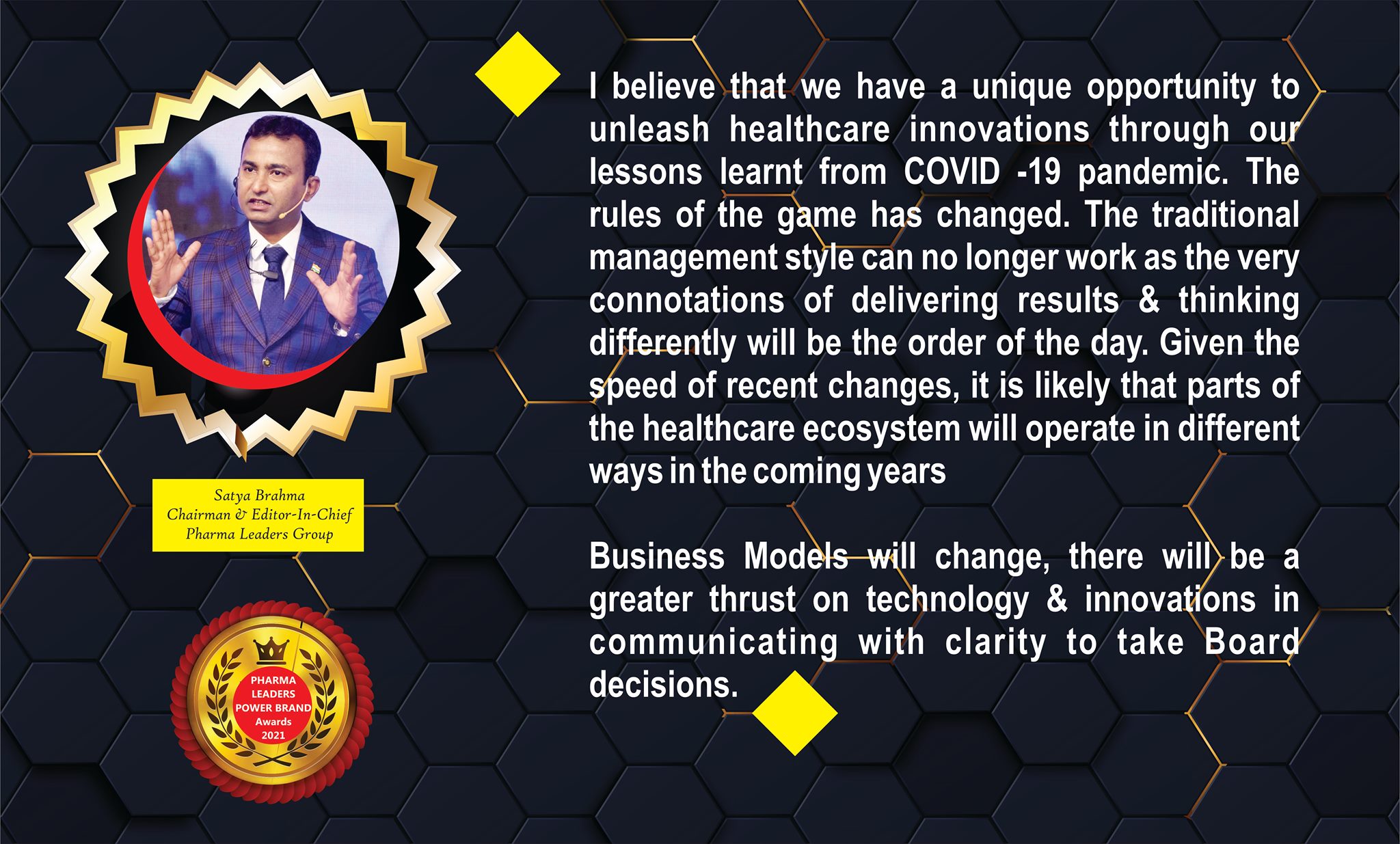According to WHO estimates, approximately 9.8 million deaths occurred in 2012 in India, of which 77 percent were on account of diseases and poor health. India leads the world in the number of deaths during childbirth and death of children below the age of five. With a lowly ranking of 112Healthcare chart among 190 countries on healthcare parameters, and with a host of unmet medical needs of a growing and ageing population, the country presents a significant market opportunity.

The dismal state of the healthcare sector is further exacerbated by the government’s failure to allocate sufficient funds. India’s total expenditure on healthcare was four percent of its GDP in 2013 (Source: WHO’s Global Healthcare Expenditure Database) which fell further in 2015 to a mere 1.2 percent of the GDP, one of the stingiest in the world. With one of the fastest growing population in the world, this allocation is way less than the world median at 5.4 percent. In comparison, US, with a fourth of India’s population, shells out 8.3 percent of its GDP to healthcare.
Both in terms of employment and revenue, healthcare is one of the fastest growing sectors in India. The healthcare delivery industry in India is estimated to have grown at a CAGR of approximately 14-15 percent in value terms over the last five years. We expects the healthcare delivery market to grow at a CAGR of 12 percent and reach 6.8 trillion by the year 2019-2020, driven by population growth, rising income levels, and increase in lifestyle-related diseases, amongst other factors.
The current healthcare condition in India has a vast scope for penetration and innovation. India, with an average of seven-hospital-beds-per-10,000 of its population (compared to a global median of 27), has a patchy public healthcare system with underfunded hospitals and clinics, and ineffective health-related schemes. The country’s limited healthcare resources are heavily skewed towards urban areas (with a bed density of two in rural areas and 5 in urban areas), while 70 percent of the population resides in rural areas.India is desperately short of doctors, with just 0.6 per 1,000 inhabitants, and lacks specialists in many medical disciplines. The problem is particularly acute in rural areas. Along with adequate government intervention, healthcare startups have the scope to revolutionise healthcare in rural areas, by filling in the gaps in the existing system.
With such a large population living in rural areas with limited or no access to healthcare, health IT has a huge potential in India. Digital health can be used as a great tool to extend healthcare to the deprived section with minimal manpower and low costs.
Roadblocks
- Neglected by the government – Healthcare sector by nature needs lot of initial capital investments, research, regulatory clearances etc. Assistance and protection at the initial stage by the government is necessary for startups in this sector to survive. The low government spending on healthcare and lack of aids and grants has restricted the growth of the sector to a large extent.
- Low literacy and health awareness in the country – Though improving, literacy is still very low in the country, leading to lower health awareness among people. CRISIL estimates that the hospitalisation rate (percentage of people who visit a hospital when unwell) for in-patient is at 84 percent in 2014-15, with the rest either ignoring their ailment or resorting to blind beliefs and godmen.
- Sluggish Growth – Though there lies huge scope and not much competition in the sector, the sector has a sluggish growth due to the nature of being data-driven. Implementing any new innovations needs extensive testing, approvals, and proven efficiencies. Fund-starving fledgling businesses generally do not have the bandwidth to sustain these delays and extensions and thus surviving in this sector can become a challenge in initial stages.
- Absence of technology penetration in parts of the country – Though new technological innovations can solve the problem of scarcity of doctors and diagnostics laboratories in the huge market of rural India, these areas have very less technological and education penetration. No electricity, illiteracy, superstitions and other such issues can be a big roadblock to these startups in capturing the rural market.
- Regulatory issues – E-Pharmacy has been in the news lately regarding concerns over misuse of technology, safety concerns on electronic prescriptions and opposition from offline chemists. Players point to the lack of regulatory governance specific to the e-healthcare industry in India. There is only some basic level legal e-commerce framework provided by the Information Technology Act, 2000 (IT Act 2000), which is the cyber law of India. But there are no specific regulations and guidelines for e-healthcare, explained Anil Bajpai of Zigy, an e-pharmacy player, in a press conference held by IIPA in June.
- The business of online pharmacy is attracting high traction from investors in the past couple of years, and has seen funding to the tune of $92.6 million so far. The $18-billion market is set to grow to $55 billion by 2020 and is fast coming into the spotlight for its the potential to grow in the coming years. Some of the heavily funded companies include Practo ($124 million in three rounds), Portea Medical ($46.5 million in two rounds), and 1 mg ($22 million in three rounds). The sector is at a very nascent stage, with most companies being formed in the last year alone, and in the early stages of investments.
- Lack of transparency has led to online pharmacies being harassed, and having to face stiff resistance and unwarranted disruptions from the government machinery and trade association. Lack of a proper regulatory framework has proved to become a stumbling block for many players keen to start e-pharmacies.
“Everyone is watching how the regulatory landscape is evolving across pharmaceuticals and healthcare services. But the core drivers of demand, the large market size, and significant gross margin in the sector will continue to keep this as an area of focus as huge population, and growing awareness and spending have rendered healthcare sector a lucrative one. The sector does have a few regulatory concerns, but investors are confident that these issues will soon be sorted.
The second half of the year is expected to keep the first half’s tempo and see more investments flowing in. Investment will continue to happen as the fundamentals of the sector are very strong.


